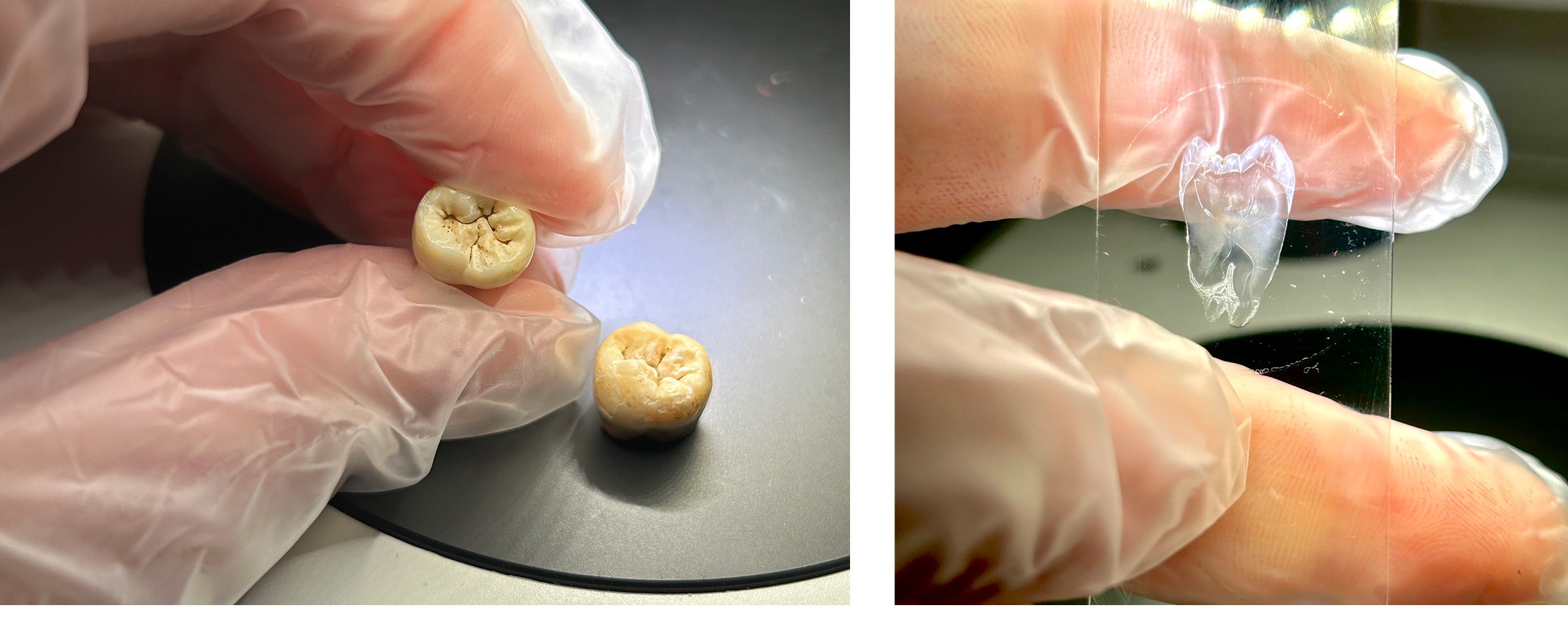NextGeneration EU –Marie Skłodowska-Curie Individual Fellowships Seal of Excellence – Italian National Recovery and Resilience Plan (NRRP), PI MELANIA GIGANTE
Menarche (i.e., first menstruation) and first-childbirth are key life history milestones for women. The ages at which menarche and first childbirth occur vary and they are a measure of general health and success in adapting to environmental constraints; while the gap between menarche onset and first childbirth provides insights into perception of female adolescence – as biological and social age – , reproductive behaviours and the way societies are structured.

The GIRLS Bioarchaeological Project – a two-year research project funded by the European Union – NextGeneration EU – with the Italian National Recovery and Resilience Plan (NRRP) for young researchers who have obtained the Marie Skłodowska-Curie Individual Fellowships – MSCA- IF ‘Seal of Excellence’ as part of the Horizon 2020 – reconstructs the evolution of adolescence in women from the Neolithic to proto-urban and urban societies, until Roman Imperial Age in Italy. The GIRLS Bioarchaeological Project has partnerships with Italian and International Universities and Research Centers (i.e., University of Roma La Sapienza, Modena & Reggio Emilia, Institut für Geowissenschaften of the Goethe Universität Frankfurt, and FIERCE Frankfurt).

Between the sixth and first millennium BCE, crucial transformations in socio-economic aspects of human cultures impacted the life histories of ancient populations, shaping the way we live today. The adoption of an agriculture-based economy and the rise of the first urban centres produced changes in human biology as adaptative response to new behavioural and cultural constraints and lifestyles. GIRLS will explore the bio-cultural evolution of the female reproductive trajectories during these critical transformations, pursuing three research objectives:
- Reconstructing age-at-menarche and age-at-first childbirth in ancient skeletal populations
In the first multi-proxy study of the wisdom tooth, GIRLS will exploit histological and histomorphometric analyses with high-spatial resolution elemental chemistry of dental hard tissues as a proxy for detecting and timing menarche and childbirth events in ancient dental remains from women. This novel approach to dental remains will bridge the current limitations in the bioarchaeological research on ancient women’s reproductive life history. - Propose a cutting-edge model for reconstructing girls’ adolescence in ancient skeletal populations
GIRLS will generate a framework for cross-disciplinary approaches to the study of girls’ lives in the past, integrating histological and biogeochemical evidence with osteological, archaeological and – whenever possible – historical data. The interpretative schemes will be validated by appropriate statistical analyses. This model will be a significant contribution to the archaeological research to understand how different artefacts and funerary behaviours are associated with different rites of passage in women’s life. - Reconstruct female adolescence and reproductive life history in ancient Mediterranean societies
This project will reconstruct the ancient Mediterranean women’s history by merging osteobiography with material culture evidence, highlighting differential resilience to different environmental constraints in women from diverse archaeological populations in the Italian Peninsula. GIRLS will assess female adolescence, womanhood and motherhood timing, health, reproduction and social roles in the past Mediterranean, determining how these parameters changed in different social, economic, cultural, and ecological systems.

